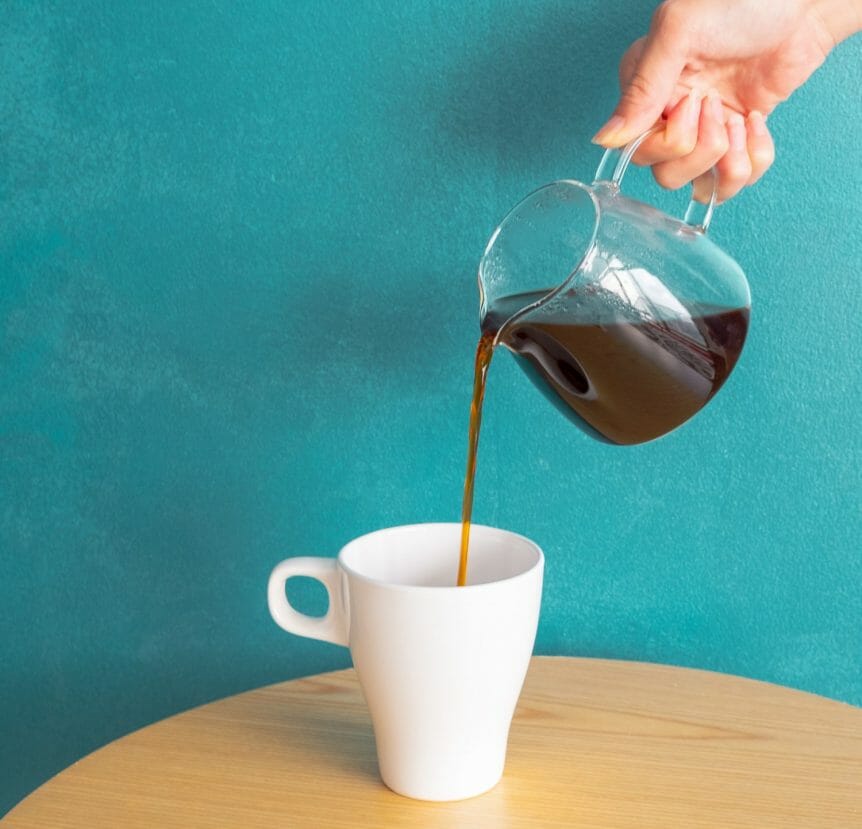Last Updated on May 30, 2023 by smiling-coffee-snob
There’s nothing worse than when your coffee tastes bad even though you have top notch specialty coffee beans. Actually, there is something worse. When your first brew is fantastic, but after that your coffee sucks.
At least for me, inconsistency is one of the most frustrating aspects of coffee brewing. You know how good your coffee can taste, but something is throwing it off and you can’t figure out what it is.
Well, this can be a difficult problem to diagnose, but I’m going to help you figure it out. We’ll go over some of the most common brewing issues and how to fix them. By the end of this article, you’ll be well prepared to fix whatever coffee problem you’re having.
(Disclaimer: Some of the links in this article are affiliate links and if you buy something I’ll get a small commission at no extra cost to you).
Coffee tastes bad? Start with the coffee
I know this sounds obvious, but if your coffee tastes bad, you may have bad coffee beans. While everyone has different tastes when it comes to how dark their coffee is roasted and how strong it’s brewed, there are certain basics that make good coffee beans:
Coffee Quality
Coffee quality isn’t as straightforward as it seems. Even coffee beans from the same farm are separated by quality level. For the most part, the coffee importer or roaster is in control of the quality level, but you can’t assume that all coffee roasters use similar quality coffee.
Some roasters have direct relationships with farmers going back many years, others buy green coffee beans from importers. Those with direct relationships usually have access to the farmers highest quality beans. There’s also how the coffee is transported, how it’s stored, how fresh it is when it’s roasted and many other factors that determine the final quality level.
Anyway, what I’m saying is that, while most aspects of coffee quality are out of your control, a good roaster will consistently deliver good coffee. So, if your current coffee source isn’t impressing you, you may want to try a different company.
Roasting
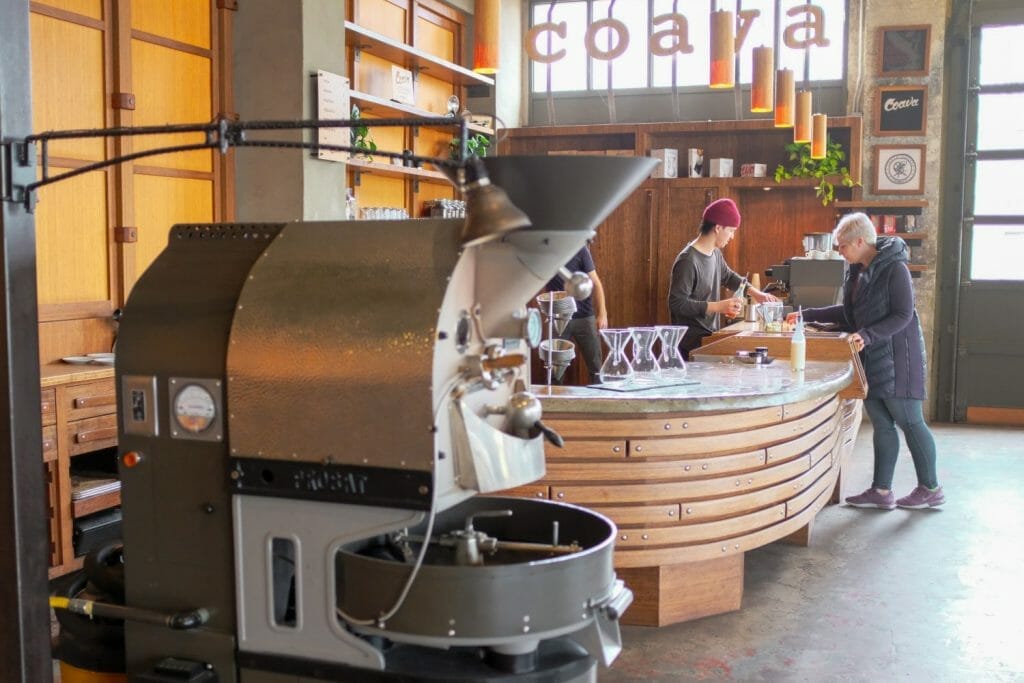
Another consideration is the roasting process. Even high-quality beans can be poorly roasted. Roasting coffee is a complex process and the best roasters have a good roaster and know how to use it well.
Your preferred roast level is another aspect to consider. Unfortunately, terms like light, medium and dark roast don’t have a standard definition. One roasters medium roast is another’s dark roast. So, you not only need to find a skilled coffee roaster, but one who roasts coffee how you like it.
Freshness
Finally, you should consider how fresh the roasted coffee is. This is pretty easy to determine if you buy directly from a coffee shop, but if you buy coffee from a supermarket it’s going to be hard to know how fresh it is.
Supermarkets go out of their way to hide this information from you. In fact, many supermarkets require roasters to remove the roast date and only use an expiration date if they want it to be on the supermarket shelf. While coffee is safe to drink for years, it’s not going to taste good for years. So, if all you see is an expiration date, there’s a good chance the coffee is stale.
Another thing to keep in mind is that freshness is especially important for darker roasts. Most coffee is at its peak freshness within three weeks of when it’s roasted, but darker roasts deteriorate faster. So, if you really like dark roasts, I recommend you just buy directly from the roaster and drink it as fresh as possible.
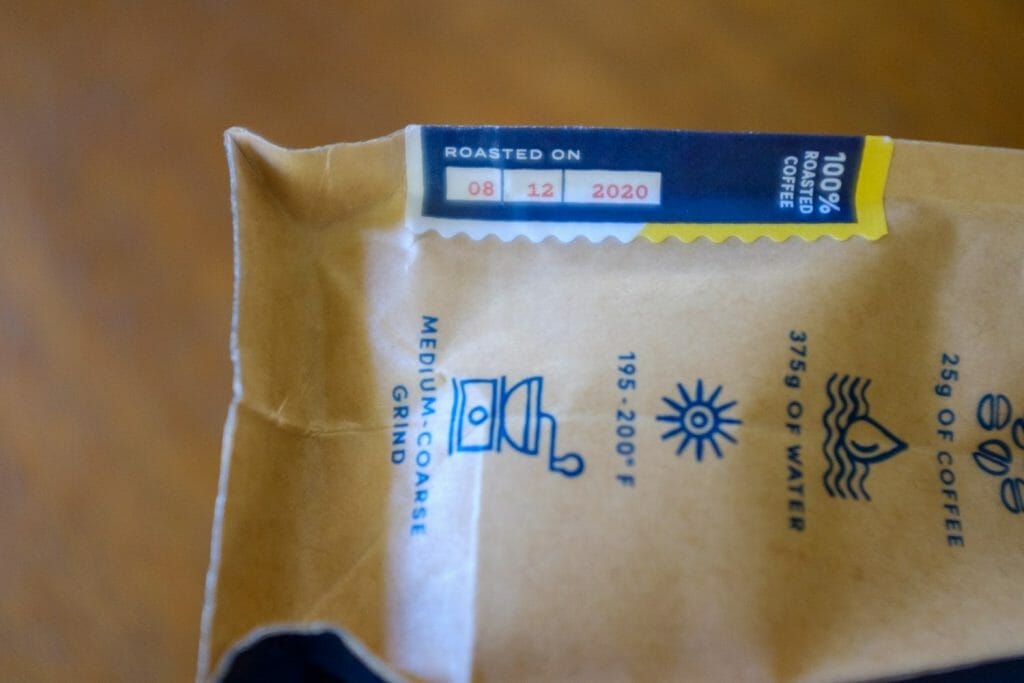
Coffee tastes bad? It might be the flavor profile
Once you start to pay more attention to the quality of your coffee, the details matter a lot more. Lower quality roasters often roast very dark to mask low quality coffee beans. When coffee is roasted this dark, it doesn’t really matter where it’s from because all you taste the roast.
Once you start to get better coffee beans, you’ll be amazed by how different coffee from different places and roasted to different levels can taste. A lightly roasted Ethiopian Coffee and a medium roasted Colombian coffee can taste so different it blows your mind.
Just like with wine, coffee origin makes a huge difference in the taste. The best producers will try to emphasize the coffees origin and describe the taste of the coffee bean, rather than the taste of the roast. Many specialty coffee roasters don’t do dark roasts because they feel it defeats the purpose of high-quality coffee.
Bad water makes coffee taste bad
One of the most under appreciated aspects of coffee brewing is the importance of the water. You’d be surprised how much good coffee shops go through to find the right water for their coffee. It’s probably got a specific blend of minerals that they have found to produce the best results. Some even have separate water for espresso and drip coffee.
Obviously, you don’t need to go to the same extent as a coffee shop. However, at a minimum you should have filtered water that still has some minerals in it. Hard water, in particular, can make your coffee taste bad.
Some home brewers go so far as to make their own coffee water. There are products like Third Wave Water that work really well for this. But, if that’s going overboard, just start with basic filtered water.
Do you like your coffee filters?
This is really going to come down to personal preference, but different types of coffee filters will make the same coffee beans taste different. The three main types of coffee filter material are paper, metal and cloth. While they all do the same basic thing, they each do it a little differently.
Metal filters are most commonly used with brewers like the French press, but you can find them for any type of coffee brewer. Metal filters do the least filtering, letting all the coffees oils and some fine particles into the final cup. This filtering style produces a heavier body, but less flavor clarity.
Paper filters are the polar opposite. Even among paper filters, the papers’ thickness makes a notable difference in how your coffee tastes. Brewers like the Hario V60 filter out the least, while the Chemex filters out the most. Paper filters produce less body but more flavor clarity. Thicker filters are the most extreme.
Cloth filters fall in between these two extremes. They are the least popular because they require the most maintenance, but if you’re willing to put forth the effort to keep them clean they produce fantastic coffee that has many of the best aspects of paper and metal filters.
A good coffee grind will make a huge difference
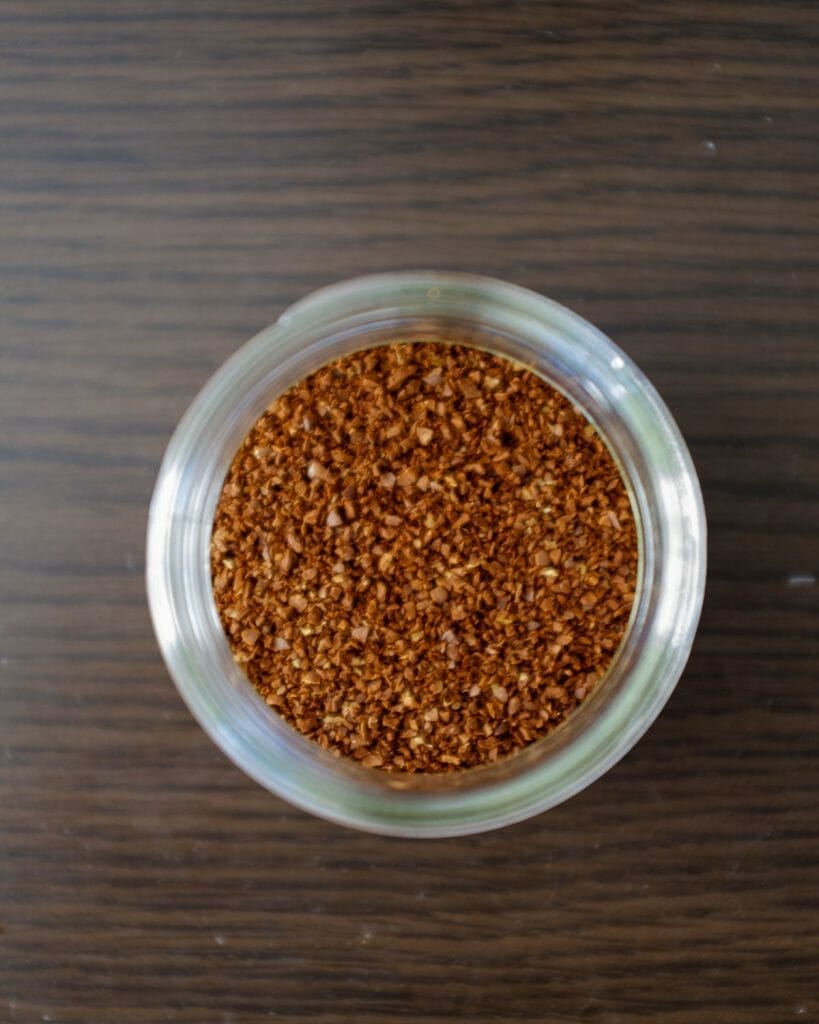
Most people seriously underestimate the importance of how coffee is ground—and how difficult it is to grind coffee well. Most coffee shops have ridiculously expensive coffee grinders that grind consistently at a wide range of particle sizes.
The average home grinder is dramatically worse. Most home grinders use a spinning blade that chops the beans into small pieces. Unfortunately, it’s really difficult to get a consistent grind size using this method. Occasionally it will work, but often it won’t.
The best solution is a burr grinder, which uses two blades to crush beans to an even particle size. However, they can be on the expensive side. A manual coffee grinder is a cheaper solution, but it requires more effort. However, you can also just buy smaller portions and have a coffee shop grind the beans for you.
Are you measuring accurately?
Most people who are really into pour over coffee weigh their coffee and water. It is more accurate than measuring by volume because different coffee beans are different shapes and sizes. Roast level affects the weight, too. Darkly roasted coffee expands, so one tablespoon of dark roast and one tablespoon of light roast will have a different weight.
If you always drink the same coffee this isn’t really an issue, since you can just find the volume you prefer and repeat it each time. However, if you switch up your coffee beans you’ll be brewing at different strengths each time.
If you use a coffee scale, it generally works best to measure in grams. The best coffee scales will measure down to 0.1 gram increments. However, just a basic kitchen scale that measures down to 1 gram increments will make a huge difference. You may even have one sitting a cupboard already…
Is your coffee maker making your coffee taste bad?
In the US and many other countries, most people rely on a basic auto drip coffee maker. Unfortunately, most of them don’t do a very good job. The primary reason is that they don’t heat water correctly. Water at the beginning of the brew cycle isn’t hot enough and water at the end of the brew is too hot. This results in a mix of sour and bitter coffee that doesn’t taste very good.
The second issue is that most people don’t clean their coffee maker frequently enough. If you’ve been using hard water, it’s easy to get mineral buildup which, in addition to the water not brewing good coffee, will make the coffee maker less effective. If you’re not regularly cleaning your coffee basket, oils will build up, become rancid and make your coffee taste bad.
The obvious solution is to buy a better coffee maker. However, if you don’t want to do that you can just make pour over coffee. You can get a single dripper and put it over your cup or get something like a French press or a Chemex if you want to make large batches of coffee. You can also just heat water separately and pour it in the coffee maker yourself.
How’s your pour over technique?
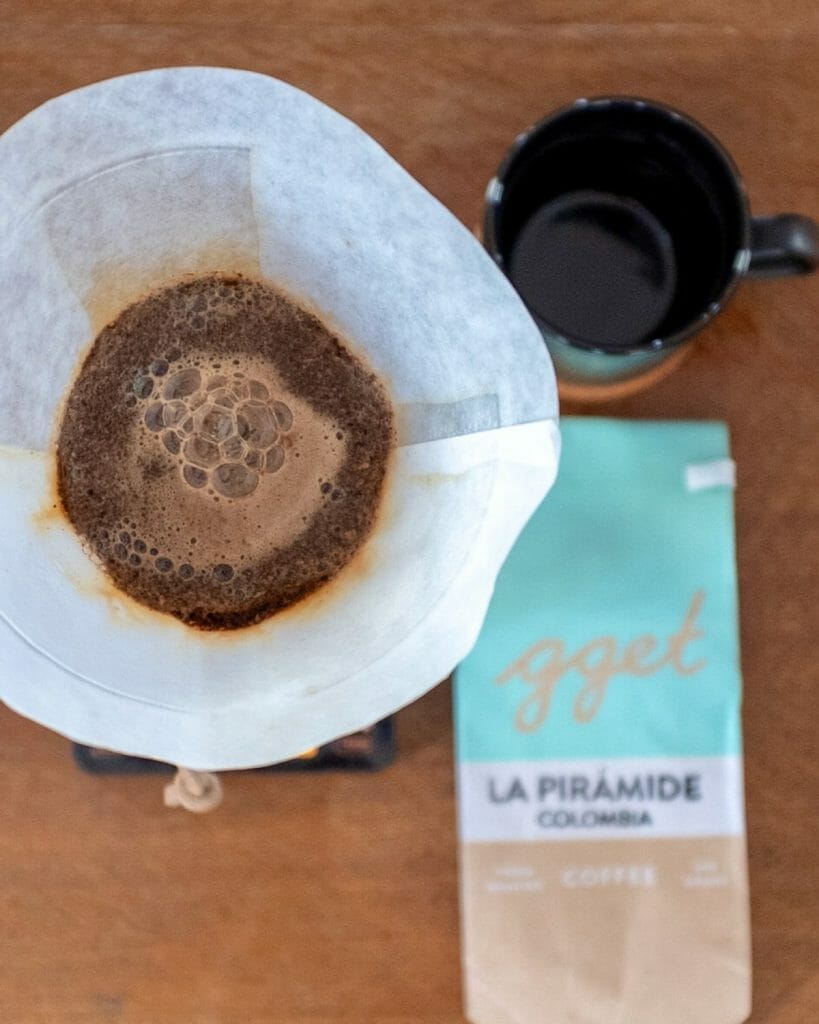
If you’re willing to put forth a little more effort and start to brew pour over coffee, you should be sure that you are using the right technique for the brewer that you are using.
Assuming you’ve looked into coffee, water, filter and grind quality, if you still think your coffee tastes bad there are some other aspects to consider. The first one is grind size. Each type of coffee maker is going to work best with a particular grind size. If you grind too coarsely, the brewing process will be too fast and your coffee will be weak and sour. If you grind too fine, it will be too slow and the coffee will be bitter.
The other aspect to consider is water temperature. Your water needs to be hot enough, but not too hot. This also varies depending on the roast level, grind size and brew time. If you drink really lightly roasted coffee, boiling water is probably fine, but if you drink dark roast coffee it will probably be bitter so you should let the water cool for a minute or two.
Have you fixed your coffee?
Although it’s incredibly frustrating when your coffee tastes bad, double checking these common issues will probably fix things—or at least improve them. There may be a lot of trial and error needed to find the root of the problem, but once you figure out the issue, you probably won’t repeat it.
Beyond the quality-related issues, it’s mostly just about figuring out your favorite brewer and preferred coffee and measurements. Once you figure that out, you can just do the same thing every time and make a few tweaks if something seems off.
Happy brewing!
